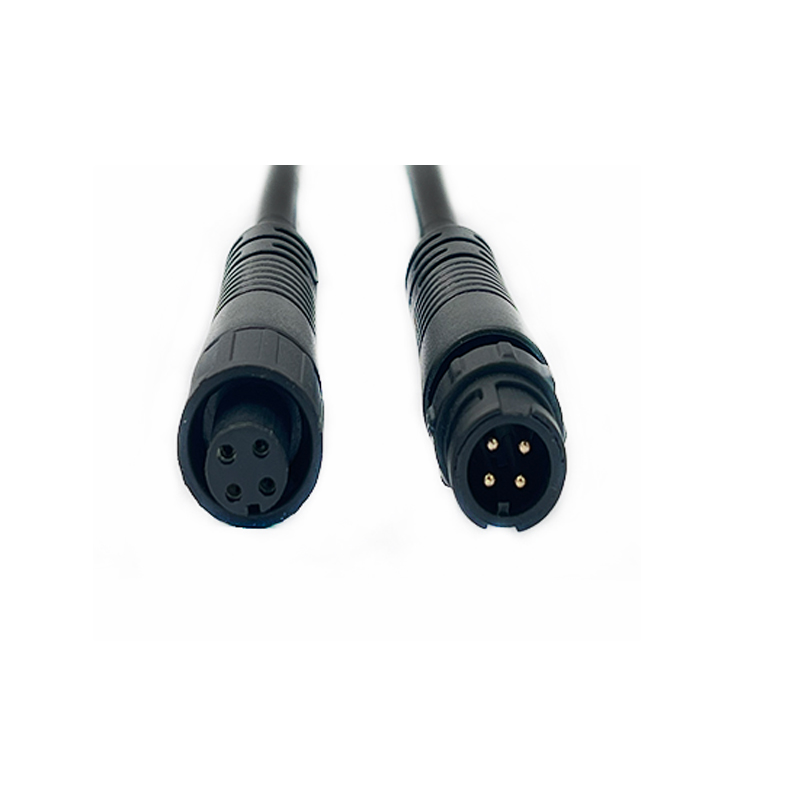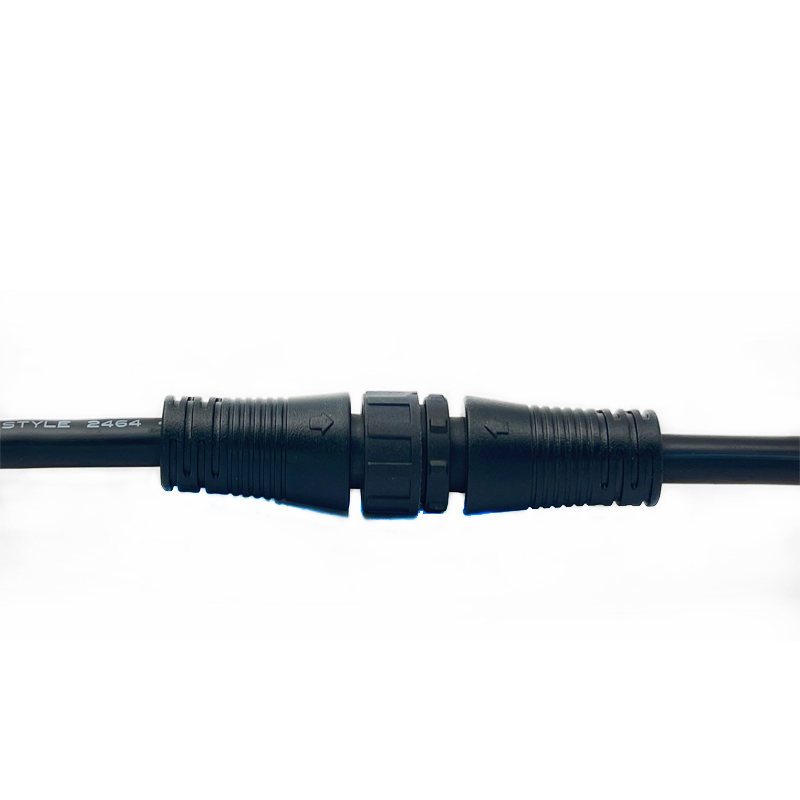News


News

How waterproof heat shrink connectors Work: The Science of Adhesive-Lined Shrink Tubing
Release time:2025-03-24
viewed:387
waterproof heat shrink connectors are a staple in industries where moisture, chemicals, and extreme temperatures threaten electrical reliability. At the heart of their effectiveness lies a clever fusion of material science and physics—specifically, the interplay between shrinkable tubing and adhesive linings. This article breaks down how these connectors create hermetic seals, even in the harshest environments.

A typical waterproof heat shrink connector has three key layers:
Outer Insulation Layer: Made of radiation-crosslinked polyolefin or fluoropolymer, this layer provides mechanical protection and shrinks when heated.
Adhesive Lining: A layer of thermoplastic glue (e.g., polyamide or ethylene-vinyl acetate) melts during heating, filling gaps.
Internal Metal Connector: A copper or tin-plated splice barrel, crimp terminal, or butt splice.
When heat (typically 90°C–150°C) is applied via a heat gun or torch:
The outer tubing shrinks radially by up to 3:1 (e.g., from 12mm to 4mm diameter), tightly conforming to the wire.
The adhesive lining melts into a viscous liquid, flowing into microscopic gaps between wires and the connector.
The melted adhesive:
Wicks into wire strands, displacing air and moisture.
Bonds to the insulation jacket, creating a moisture-resistant barrier.
Cures into a rubber-like elastomer upon cooling, resisting re-melting under normal operating temperatures.
As the tubing shrinks, it applies radial pressure (up to 1,200 psi) to the adhesive, ensuring:
No voids or air pockets remain.
Wires are mechanically secured against vibration.
Polyamide (PA): Known for high bond strength and chemical resistance, PA adhesives are ideal for harsh environments like automotive and marine applications.
Ethylene-Vinyl Acetate (EVA): Flexible and activated at lower temperatures, EVA is perfect for delicate electronics where heat sensitivity is a concern.
Hot Melt Glue: Fast-curing and cost-effective, this adhesive suits general-purpose wiring but lacks the chemical resilience of PA or EVA.
Polyolefin: Affordable and UV-resistant, polyolefin tubing shrinks at 90°C–120°C, making it a go-to for outdoor and automotive uses.
Fluoropolymer (e.g., FEP): Resistant to fuels, acids, and extreme heat (up to 200°C), fluoropolymer is critical in aerospace and chemical industries.
Silicone: Highly flexible and flame-retardant, silicone tubing excels in high-vibration settings like industrial machinery.
To validate waterproof claims, heat shrink connectors undergo rigorous testing:
IP68 Testing: Submerged in 1.5m water for 24 hours to ensure no water ingress.
Thermal Cycling: Exposed to 200 cycles between -40°C and +125°C to check adhesive durability.
Salt Spray (ASTM B117): Tested for 500+ hours to simulate marine corrosion resistance.
Case Study: A submarine drone manufacturer switched to fluoropolymer heat shrink connectors with PA adhesive. Result: 0% failure rate after 1,000 dives to 300m depth.

Insufficient Heat: If the adhesive doesn’t fully melt, gaps allow moisture ingress. Fix: Use a calibrated heat gun and monitor the tubing’s shrinkage.
Overheating: Excessive heat burns the adhesive, causing brittleness. Fix: Stop heating once the tubing stops shrinking.
Poor Wire Prep: Dirt or moisture on wires weakens adhesion. Fix: Clean wires with isopropyl alcohol before installation.
Strain Relief: The stiffened joint reduces flex fatigue, extending wire lifespan.
EMI Shielding: Specialty connectors with metal braid layers block electromagnetic interference.
Chemical Resistance: Fluoropolymer tubing protects against oil, acids, and solvents in industrial settings.
waterproof heat shrink connectorsachieve their magic through precise material engineering and physics. The combination of shrinkable polymers and flowable adhesives creates seals that are stronger, more flexible, and longer-lasting than traditional methods like tape or epoxy. For mission-critical applications—from deep-sea robotics to EV battery packs—these connectors are the gold standard in electrical protection.